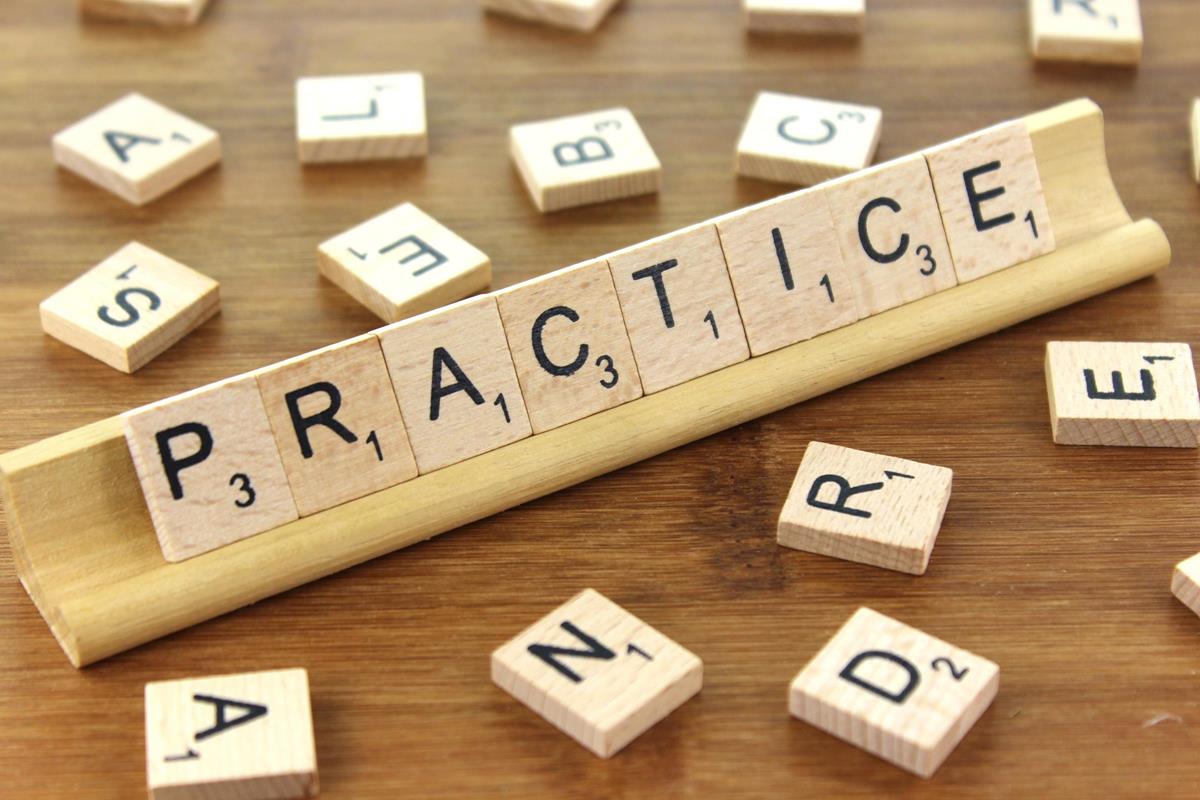
The Two Pillars of Successful Practice
by Jordan Taylor
Before I really get into what this topic means to me, let me give the caveat that there are many aspects to successful practicing. What I’m specifically talking about is what I believe to be the two broadest factors that foster successful student development: consistency and efficiency.
Consistency of practice– on the surface, this is exactly what you think it means. How much time you spend on the instrument, how many days in a row you practice, how many hours per day you practice etc… These are all the things we’ve been taught since day 1, but what we might not have been taught is that consistency also means the consistent improvement of practice habits. For most students that’s adding a day a week until you’re practicing 7 out of 7 days or increasing the time of your practice sessions or something quantitative like that. Eventually, you’ll end up hitting a wall, after all, we only have 24 hours a day and 7 days a week.
What most people – regardless of age or level – don’t understand is that improvement can also be in how focused you are, how engaged you are with the music (see the section on efficiency for ways to be more engaged), or how attentive you are to your goals (see an upcoming post for my thoughts on goals). My latest improvement happened through discovering the practice app
. I’ve never really been one for using technology in my practice sessions (a metronome and pencil are really all I need, recording is a different subject) but this app allows you to track how much time you’ve spent on pieces, exercises, or whole programs among other things. I’ve been using it for about a month and a half now and seeing how much time I’ve spent on my guitar in a day (let alone on individual pieces) has been really helpful in giving me the added inspiration to practice more or to finally get that last page memorized etc… This particular app comes with much more, but I’ll save the rest for a review I’ll do a little later. So that’s consistency of practice. To me, it’s a combination of consistent time on the instrument and consistent improvement of practice habits.
Efficiency of practice– this is definitely the bigger topic for me as it takes more patience and mental energy. I’ve learned that efficiency of practice isn’t something that’s often discussed with much specificity, but rather (and sadly) is just mentioned in passing. How many times have you heard a teacher say “… and make sure you practice this passage like this…” and then give 60 second description before moving on. I know I’ve heard it quite a bit. I think all students should be taught exactly what efficient practice is, but older students (and I’ll let you decide what age that is to you) need to experience it, talk about it, and apply it as often as possible. When you continue reading, you’ll realized that a 7-year-old Suzuki student isn’t going to be worried about this, but the 16-year-old high school student should DEFINITELY begin to think this critically.
The common issue with students is to apply ‘mindless’ repetition to their practice. The saying “insanity is doing the same thing over and over again but expecting different results” comes into play here. So many people, even the most experienced players, end up repeating passages over and over again without changing a single factor but somehow expect that passage to miraculously improve. Sure, getting your fingers moving is doing something, but unless you’re actively engaging your mind in your practice you’re going to lose focus and ‘mindlessly’ repeat things. When you lose focus you’re no longer intentionally practicing, thus your efforts are far less efficient.The example I gave a student last night was this, “If you play something 100 times you’ll eventually memorize the notes, but if you’re really focused and strategizing your practice you could do it in 20 repetitions.”
So here are four basic steps I give my students to help them stay focused:
1 – Analyze a smaller passage of your playing
2 – Identify the problem
3 – Break the passage down
4 – Add layers of complexity back step by step until you’re playing the original composition.
The key things here are to identify and break down. You can’t improve a passage unless you identify the issue and you may not be able to fix the issue until you break it down into simpler tasks. Breaking a passage down might be as simple as slowing the tempo, singing the melody, taking away a voice or two until you have the root of the problem, blocking chords instead of arpeggiating them, playing with dotted rhythms etc… you’re breaking down a passage into more manageable sections, so you can fix the root of the problem. When I was a master’s student at the University of Louisville, a guest speaker presented a class on efficient practicing. His claim was that all problems we have as performers stem from two notes and that it’s our responsibility to identify them and create a solution for the problem. While I don’t 100% agree with the simplicity of that statement, there is a certain amount of truth behind it – the musical problems we face are often caused by very small issues. For example, a guitarist who is consistently mishitting a note or two in a scale will want to break the passage down and analyze the strings crossing and/or right-hand fingering of those few notes.
The concepts presented here might sound obvious, but when you find yourself or your students zoning out it’s often easiest to go back to the basics. Not everything we do has to be over complicated or drawn out. These are very simple tasks to get yourself back on track.
